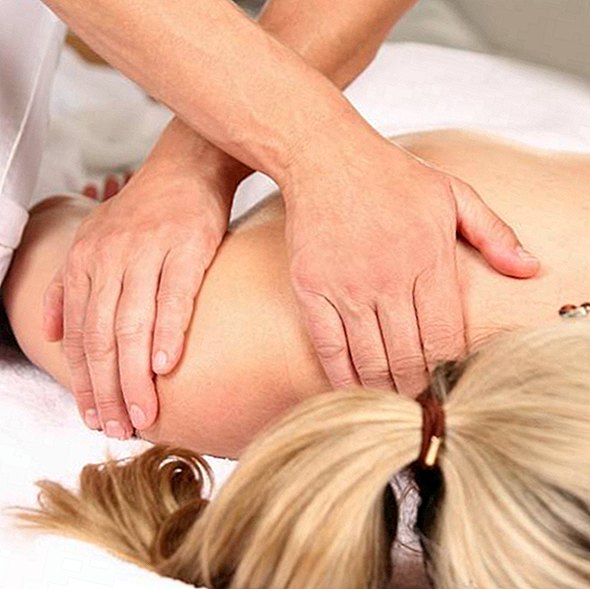Keep your organism mobile with osteopathy

Osteopathy - what is it?
Osteopathy (Greek "osteo" = bone, "pathos" = suffering), developed by the American Andrew Taylor Still at the end of the 19th century, is a holistic and manual therapy for the diagnosis and treatment of dysfunctions. The aim is to maintain the movement and the mobility of the tissues throughout the organism.
Osteopathy assumes that the body is in constant interaction with all vital functions. If individual body structures are restricted in their ability to move, this impairs their healthy function. If the organism can no longer adequately regulate this, the person becomes ill.
The osteopath can feel the human tissue layer by layer. Through this "listening in" he detects tension patterns and movement restrictions and treats them. Osteopathy has developed new methods such as craniosacral therapy and ortho-bionomy.
Which methods are used in osteopathy?
After a detailed anamnesis interview, work is only done with the hands on the three systems of the body: - the parietal system (support system - bones, muscles, joints, tendons, ligaments) - the craniosacral system (skull, brain, nervous system, spinal cord, brain) and spinal fluid, sacrum) - the visceral system (internal organs, blood, lymph, nervous system)
In this case, special techniques are used to z. B. to solve false tension in muscles and connective tissue, to improve the tissue metabolism and to harmonize the body's own rhythms.
For which complaints does osteopathy make sense?
Osteopathy provides good treatment results for back, neck, headache, migraine, joint complaints, lumbago, sprains and injuries, digestive complaints, bladder weakness, sexual and hormonal disorders, menstrual and menopausal symptoms, circulatory and sleep disorders, nervousness, tinnitus; in babies after birth; in children with developmental and behavioral disorders ("scream children") and colic.
How well is osteopathy scientifically proven?
Osteopathy is a healing practice that can hardly be compared with scientific studies. However, orthodox medicine is increasingly positive towards osteopathy and sees it as a useful supplement.
What are the limitations of osteopathy?
Osteopathy can only help if the structures of the body are still preserved enough for regeneration. Do not use in acute inflammations and accidents, tumors, severe osteoporosis and psychiatric disorders.
There are hardly any side effects; possible are a short-term aggravation of pain, fatigue and dizziness (caution when driving!). Important is a thorough clarification before the treatment (possibly X-rays), especially against manipulation of the cervical spine (there is danger for the artery).
For whom is osteopathy suitable?
Osteopathy is suitable for anyone who is willing to engage in physical contact with a trusted therapist. Willingness for one's own cooperation within the therapy is necessary.
How much is the treatment?
Depending on the occupational qualifications of the practitioner (doctor, alternative practitioner, physiotherapist), the costs for osteopathic treatment are between 50 and 110 euros for a session of about 45 minutes. Doctors and Naturopaths calculate according to the respective fee regulations.
The professional title Osteopath is not protected in Germany. Doctors, non-medical practitioners, physiotherapists who work in the association of osteopaths in Germany e. V. (VOD) have a five-year additional education of 1300 hours. Statutory health insurance companies reimburse up to 80 percent per session with a member of the association. It is best to seek advice from your health insurance company before the first treatment. Private health insurances pay only if the doctor is a doctor or alternative practitioner.
Where is more information?
Addresses of doctors can be found on the website of the German Society for Osteopathic Medicine (DGOM) at www.dgom.info. Further information is available from the Association of Osteopaths in Germany e. V. (VOD), Lower Albrechtstraße 15, 65185 Wiesbaden, Tel. (06 11) 910 36 61, www.osteopathie.de.










